The Wing Luke Museum Is an Ode to the Asian Diaspora
Nestled within Seattle’s Chinatown-International District, the Wing Luke Museum stands as a vibrant testament to the diverse tapestry of Asian American, Native Hawaiian, and Pacific Islander cultures woven into America’s history.
Established in 1967, the museum holds the distinction of being the only pan-Asian Pacific American community-based museum in the United States. Its expansive 60,000 square feet spread across three floors housing a vibrant array of stories from the Asian diaspora. Within the space, there is a blend of permanent and temporary exhibitions highlighting the cultural evolution of these communities.
Yet the museum transcends being merely a repository of artifacts; it serves as a dynamic tribute to the trials, triumphs, and enduring contributions of these diverse groups to the American narrative, past and present.
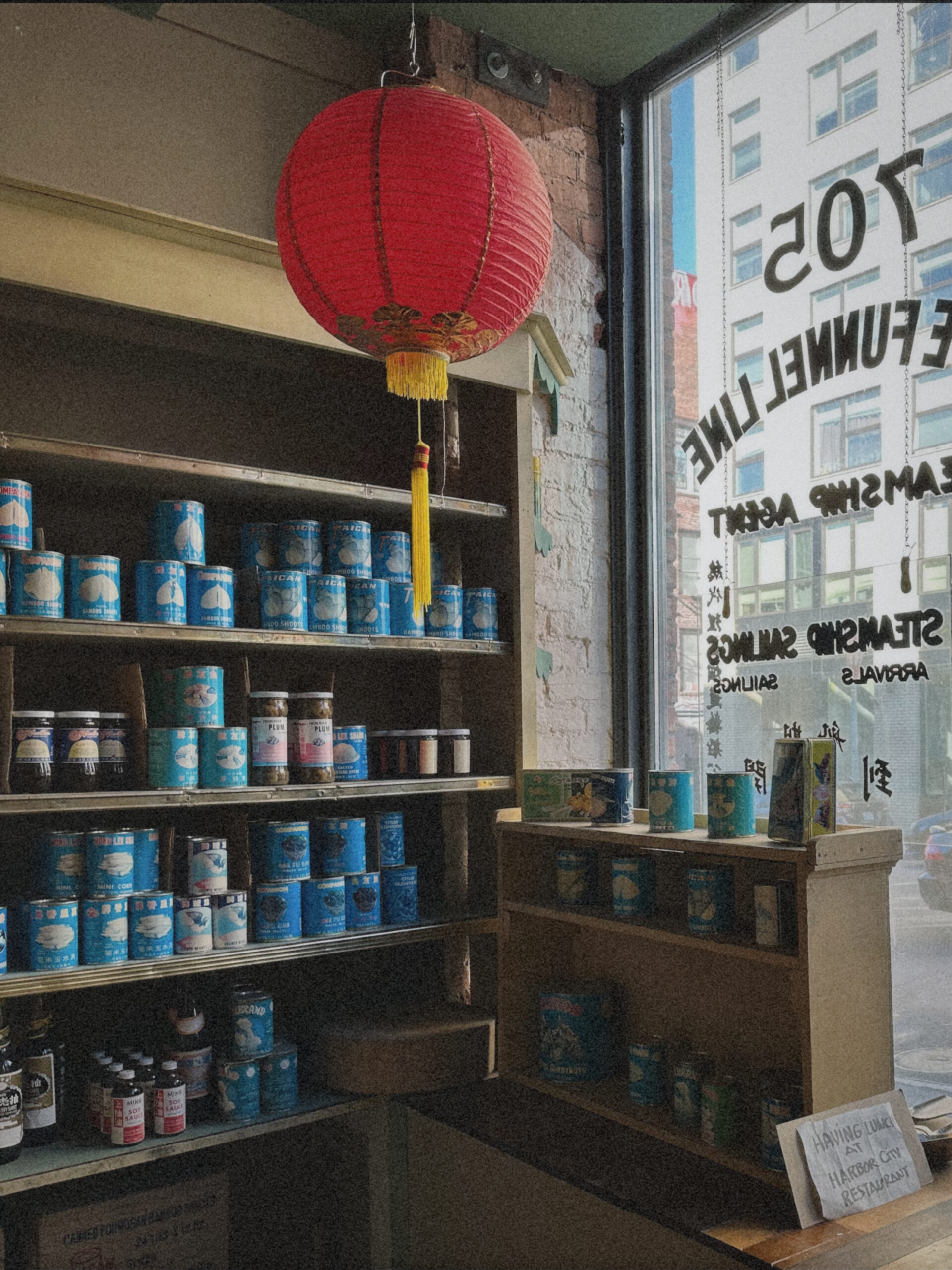
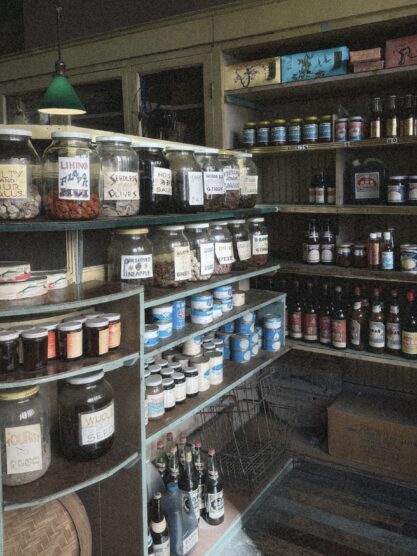
While the museum can be perused freely, a guided tour is encouraged. Starting in the foyer, visitors are guided through an immersive journey that introduces Wing Chong Luke and the museum’s inception.
The museum’s roots go back to the legacy of Wing Chong Luke, a trailblazer who made history as the first person of colour elected to the Seattle city council and the initial Asian American to hold public office in the Pacific Northwest. Luke’s pivotal advocacy for civil rights left an indelible mark on Seattle’s history, warranting the museum to be named in his honour. From its humble origins in The China Garage, the museum moved into its current location on South King Street in 2008, becoming a National Park Service Affiliated Area. It is also the first Smithsonian affiliate organization in the Pacific Northwest.
The tour then leads guests to the East Kong Yick Building, accessible exclusively through guided tours.
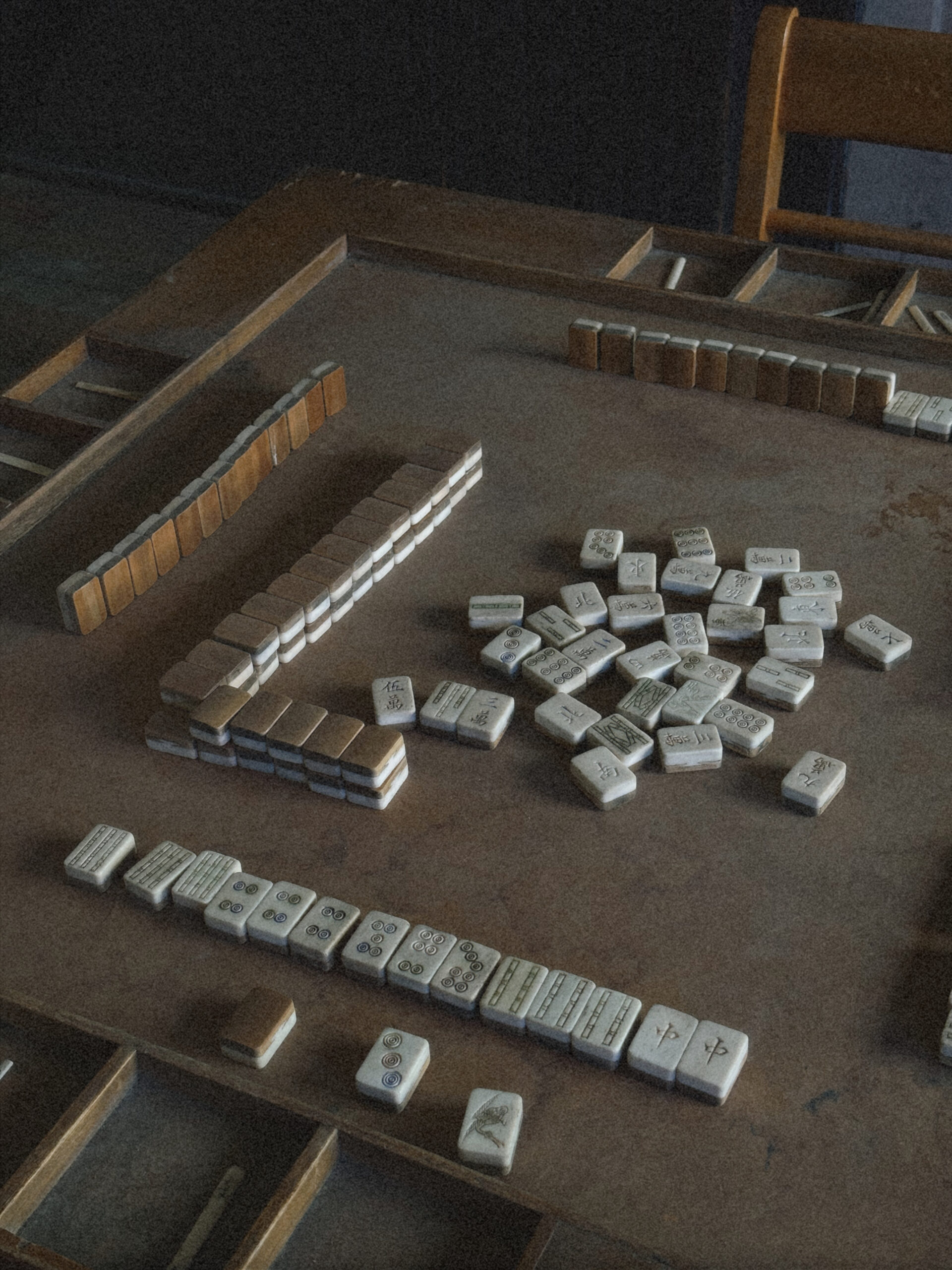
Guests begin in the preserved Yick Fung Co, an import-export shop dating back to 1910 and owned by the Mar family. The shelves, once filled with goods like water chestnuts, bamboo shoots, soy sauce, and spices, are now adorned with replicas bearing fading labels, reflecting the store’s pivotal role in the community’s history. As one of the earliest community hubs in Chinatown, the Yick Fung store remains a poignant reminder of the district’s beginnings, now immortalized as a permanent exhibition.
The tour continues to the Freeman Hotel, a former lodging house above the Yick Fung store. The Freeman Hotel offered affordable accommodations to Asian labourers and immigrants before the Second World War. The guide narrates the stories of Chinese, Japanese, and Filipino immigrants who contributed to the Pacific Northwest’s growth through their labour in lumber mills, canneries, and construction sites. The space contains mockups of lodging rooms, community spaces furnished with mah-jong tables, and communal dining halls accompanied by a soundscape of vegetables sizzling in a wok. The display offers glimpses into the residents’ daily lives and the hotel’s role in fostering a sense of community among those far from their homeland.
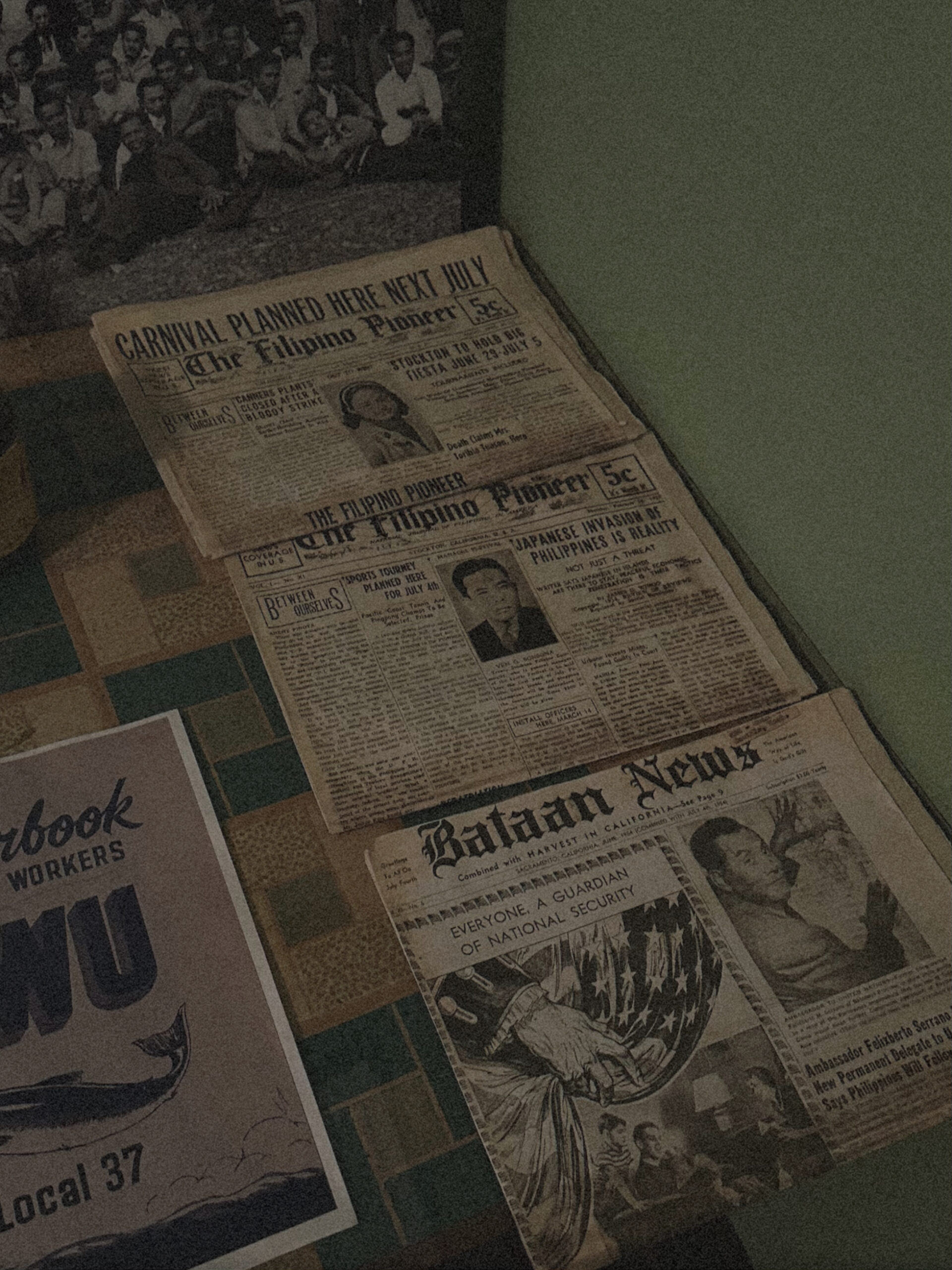
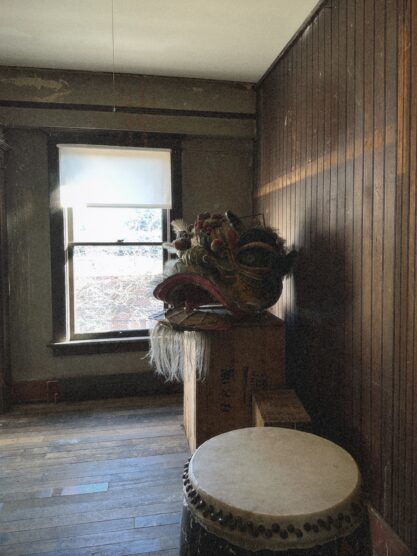
The tour of the east premises concludes with an invitation to further explore the museum’s expansive offerings. Beyond this segment, the museum houses an array of temporary installations showcasing facets of the broader Asian diaspora. Among these exhibits, guests can discover captivating portrait installations such as I Am Filipino, which delves into the multifaceted history and layers of the Filipino American experience, or the exhibit Woven Together: Stories of Burma/Myanmar, which presents compelling stories from the community. Susie Kozawa and Erin Shie Palmer’s Letter Cloud is not to be missed—the installation features reproduced archival letters hung from the ceiling, accompanied by a soundscape of immigrant stories, to symbolize the ocean that separated Asian Americans from their home and the hopes and dreams these letters carried.
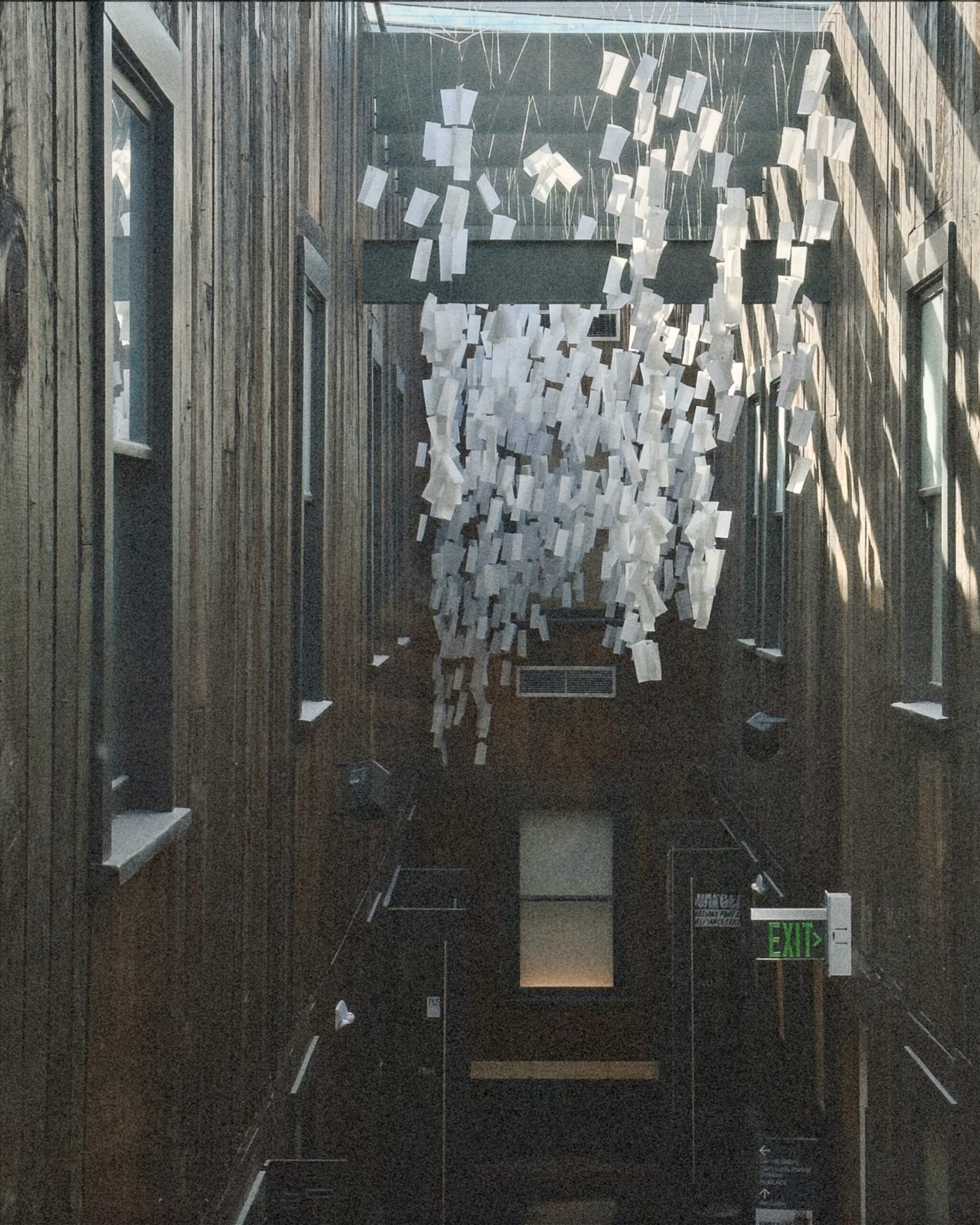
The Wing Luke Museum stands out not only for its exquisite curation but also for its dedication to immortalizing specific narratives with meticulous detail and authenticity, providing space for the Asian diaspora to be captured in all its intricacy and given room to breathe. Through its thoughtful portrayal, the museum captures the nuanced essence of the Asian American experience across history, effectively bridging it to the present day for current and future generations to experience.




